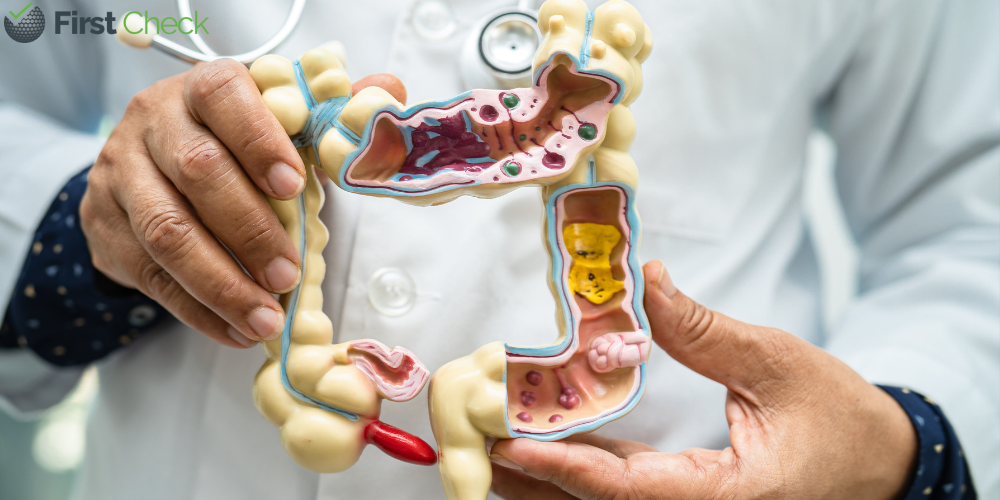
Author
Individuals with limited access to natural light, such as those working in windowless offices or living in areas with prolonged periods of darkness, are more susceptible to Seasonal Affective Disorder.
As winter settles in and daylight hours dwindle, many individuals find themselves grappling with Seasonal Affective Disorder (SAD). A type of depression that typically occurs during the colder months, SAD is more frequently diagnosed in women and younger adults.
Symptoms
The symptoms associated with SAD include a persistent feeling of listlessness, sadness, or a general sense of being down throughout the day. Individuals may also experience a diminished interest in activities they previously enjoyed, coupled with low energy levels, a sense of sluggishness, and difficulties related to excessive sleeping.
Causes
Researchers are still determining what causes SAD. What we know, at present, is that insufficient exposure to sunlight in the winter months can disturb the body’s internal clock, commonly referred to as the circadian rhythm. This disturbance may result in imbalances in neurotransmitters, including serotonin and melatonin, pivotal in governing mood and sleep patterns. Individuals with limited access to natural light, such as those working in windowless offices or living in areas with prolonged periods of darkness, have been found to be more susceptible to the disorder.
Further, vitamin D deficiency may exacerbate the issue as vitamin D is believed to promote serotonin activity. In addition to the vitamins consumed in food, the body produces vitamin D when exposed to sunlight on the skin. With less daylight in the winter, people with SAD may have lower vitamin D levels, further reducing serotonin activity.
Treatments
To alleviate the impact of SAD, experts recommend light therapy. This involves exposure to a bright light that mimics natural sunlight, helping regulate circadian rhythms and alleviate depressive symptoms. Cognitive-behavioural therapy and anti-depressants have also shown promise in helping individuals cope with the challenges associated with SAD.
Adopting healthy lifestyle habits, such as regular exercise, consuming a balanced diet, increasing the intake of vitamin D, and maintaining regular social connections, can also help one cope better with SAD.
Observable seasonal shifts in mood, energy levels, sleep, appetite, food preferences, and the inclination to socialise are more common than we many realise. Recognising the impact of reduced sunlight on mental health is crucial, and early intervention can make a significant difference in the lives of those affected by SAD. As we navigate the winter months, remember to prioritise mental well-being and seek support, if needed.
Read More: Explainer: Why long work hours are injurious to health










